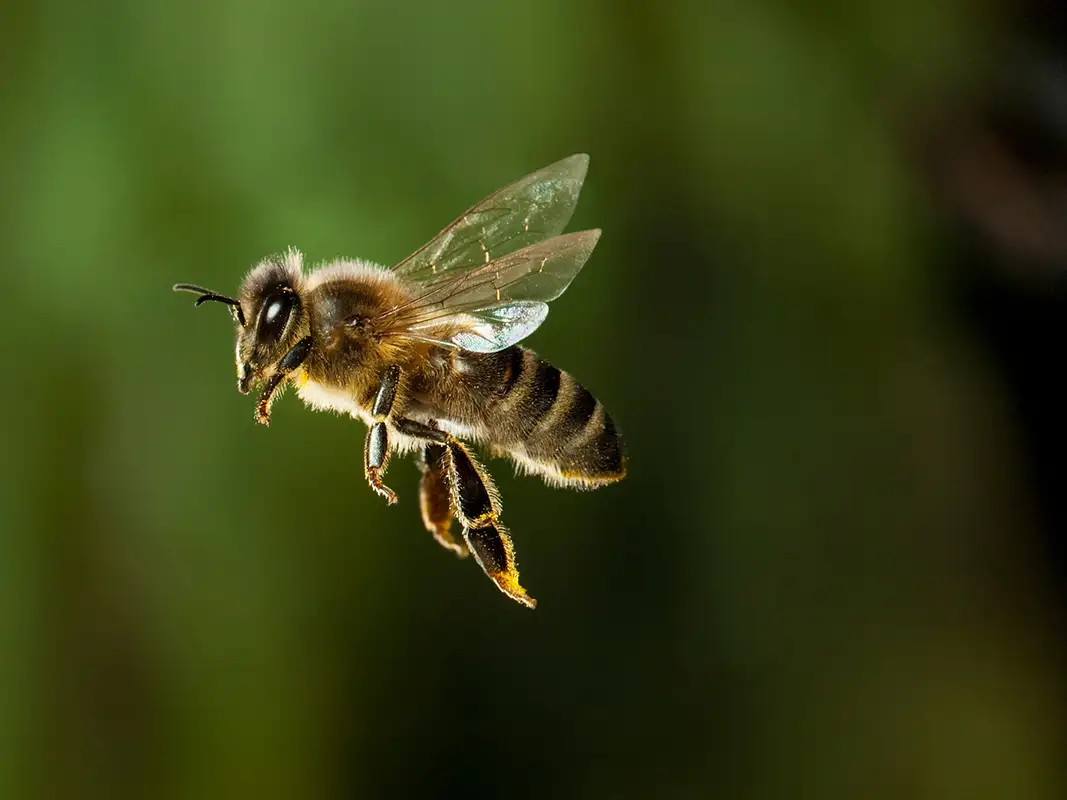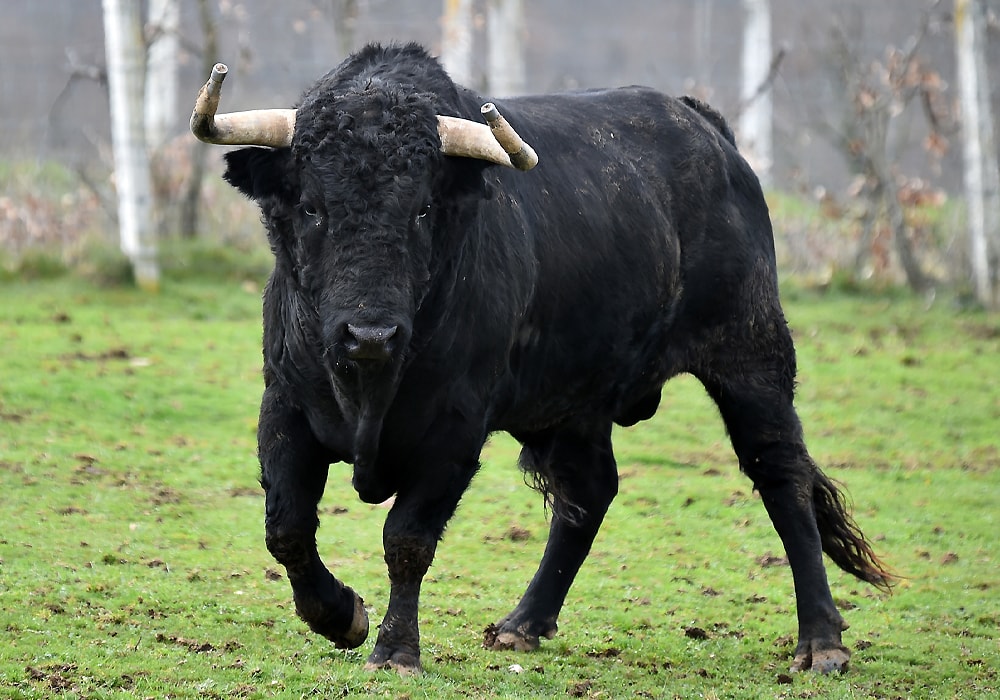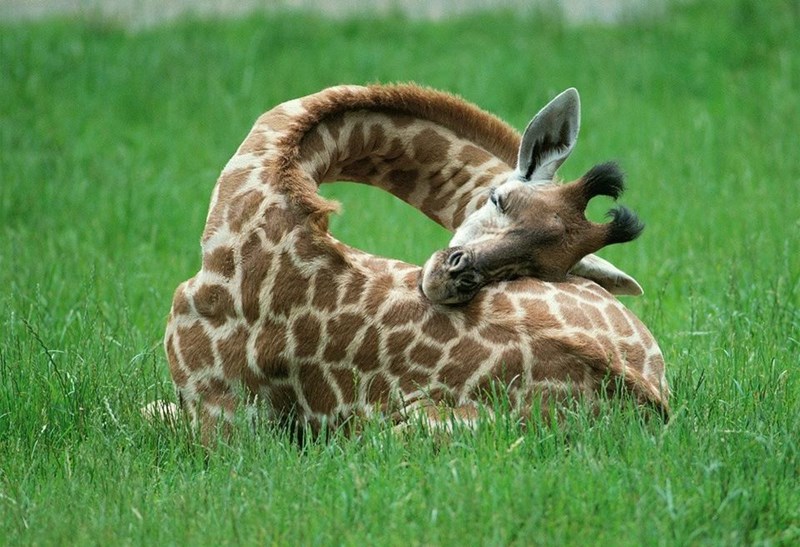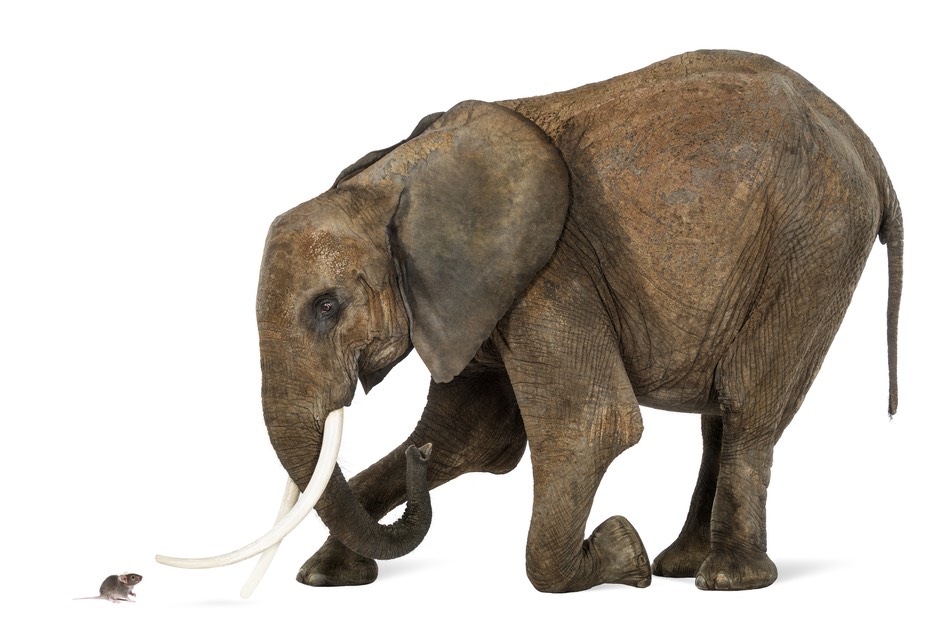Guides
Myths About The Animal Kingdom

The animal world is fascinating and filled with wonder, but it is also plagued by misconceptions and myths. People have always tried to explain nature’s mysteries, sometimes creating their own theories and stories. These imaginative explanations often stray far from the truth and turn into myths and legends.
The animal kingdom is no exception, as it contains curious creatures with strange habits. Let’s examine some of these misconceptions and debunk them to gain a better understanding of the animal world.
1. Ostriches bury their heads in the sand

There is a common saying about ostriches burying their heads in the sand, but it is not true. Ostriches are fast runners and can kick powerfully, which helps them handle dangerous situations. However, they do have a habit of laying their heads flat on the ground to see better or hide. It’s possible that someone mistook this behavior for burying their heads in the sand, but in reality, ostriches never do that.
2. Camels store water in their humps

Camels do not store water in their humps. Instead, the humps serve as reservoirs of fatty tissue, which can be metabolized to provide energy and sustenance when food and water are scarce. Camels are well-adapted to conserve water and can survive in arid environments for extended periods.
The Truth About Camels’ Humps:
Contrary to popular belief, camels’ humps do not store water. Instead, these distinctive features serve as reservoirs of fatty tissue, which can be broken down to provide the energy and sustenance camels need when food and water are scarce.
They possess remarkable adaptations that allow them to conserve water and endure long periods without access to food and hydration. Their bodies are designed to cope with the challenges of arid environments.
3. Bumblebees should not be able to fly

This another Myths about the animal kingdom you do not know, Despite Bumblebee’s large bodies and small wings, bumblebees are fully capable of flying. Although their flight may not adhere to traditional aerodynamic principles, they employ rapid wing beats that generate enough lift to keep them airborne.
Despite their size and wing-to-body ratio, bumblebees have a remarkable ability to stay airborne. How do they do it? Through lightning-fast wing movements, bumblebees create a powerful upward force that counteracts gravity and allows them to soar effortlessly through the air.
You may be wondering, how can bumblebees achieve flight without conforming to the usual principles of aerodynamics. The answer lies in their extraordinary wing beats. Bumblebees flap their wings at an incredible speed, generating enough lift to keep them aloft. It’s a mesmerizing spectacle to witness, as these seemingly heavy creatures gracefully navigate the skies.
So, next time you spot a bumblebee buzzing around, take a moment to appreciate their awe-inspiring feat. Remember, appearances can be deceiving, and these industrious insects possess a hidden talent that defies our expectations. The animal kingdom never fails to amaze us with its remarkable surprises.
4. Myths about Sharks

Many people hold misconceptions about sharks, picturing them as bloodthirsty predators lurking in the ocean, eager to attack humans. However, this popular belief is far from the truth. While it’s true that certain shark species can pose a danger, most sharks are harmless to humans.
They typically feed on fish and other creatures of the sea, rather than seeking out human prey. It is crucial to acknowledge their natural habitats and remember that humans are not their preferred source of food. By understanding these facts, we can dispel the myths surrounding sharks and foster a better appreciation for these remarkable creatures.
Sharks can detect a drop of blood from miles away
Sharks have a great sense of smell, unlike birds. They have special cells in their nostrils that can detect small amounts of certain things. Some people believe that sharks can smell one drop of blood from miles away or detect a drop in a big swimming pool. However, marine biologists say that a shark’s sense of smell is actually limited to a few hundred yards, similar to finding a drop in a backyard pool. It’s still impressive, but not as scary as in the movies.
5. Myths about Bats

When it comes to bats, there’s a common misconception that they are completely blind and depend solely on echolocation for their navigation.
However, this belief is far from the truth. Contrary to popular belief, most bats actually possess excellent eyesight, using echolocation as an extra sense to find food and steer clear of obstacles during their nighttime flights. These fascinating creatures have honed their flying skills and adapted masterfully to their nocturnal lifestyle.
6. Myths about Bulls

We often associate the color red with an enraged bull charging at a matador’s cape. However, bulls are actually color-blind to red. It’s the rapid movement of the cape that triggers their instinct to charge, not the color itself. Bulls are more likely to react to the movement and proximity of a matador rather than the color of their clothing.
7. Birds will abandon fallen nestlings touched by humans

Birds generally have a weak sense of smell, except for vultures. Despite the belief, returning a fallen baby bird to its nest will not lead to rejection by the parents due to your scent.
Bird parents do not identify their young through smell. If you discover a featherless or partially feathered baby bird on the ground and it’s safe to do so, you can place it back in the nest. Alternatively, you can seek assistance from a licensed wildlife rehabilitator. However, if the nestling already has most of its feathers, it’s best to leave it alone as the parents will continue to provide care and nourishment.
8. Giraffes sleep only 30 minutes a day

Giraffes, the world’s tallest animals, are similar to kids who resist going to bed on time. Some myths suggest giraffes don’t sleep at all or sleep only half an hour a day. The truth is, they sleep around 4 1/2 hours a day. Despite this short duration, giraffes cope by taking numerous power naps, often lasting just five minutes. They may even keep one eye open while napping and often sleep while standing up, ready to escape quickly if needed.
9. Myths about Elephants

Elephants always forget
This is another Myth to know about the Animal kingdom, Elephants have an excellent memory and can remember faces. They can live for up to 70 years, so it’s important to never mistreat them, as they will remember you forever.
Elephants are afraid of mice
This big animal isn’t scared of a small mouse, but it gets easily frightened when things move suddenly because it can’t see well.
10. Myths about Cats

Cats have nine lives
Cats have only one life, similar to humans, but they possess a remarkable ability to land safely on their feet even when falling from great heights.
In conclusion: It’s essential to challenge these myths and educate ourselves about the animal kingdom. By debunking these misconceptions, we can foster a deeper appreciation and understanding of the remarkable creatures that share our planet. Let’s embrace curiosity and continue to explore the wonders of the Animal Kingdom with an open mind.
